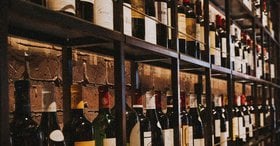Gold vs Fine Wine: Which Asset Should You Invest In?
Fine wine and gold are alternative investment assets that can reduce risk and diversify your portfolio.
However, investment grade wine could give you higher and more consistent returns on investment. According to the Liv-ex 1000 index, fine wine offers investors an average annual return of about 18%, while gold has 10.6% return.
In this article, we’ll cover all about gold vs fine wine, including their fundamental differences, whether fine wine is a good alternative investment, and what you should know before investing.
We’ll also cover how you can start investing in fine wine with Vinovest.
Further reading
- Explore how to diversify your portfolio with other Alternative Investment assets.
- Or discover all about the different Red Wine Styles like Cabernet Sauvignon, Cabernet Franc, and Pinot Noir, and whether they're good investments.
Gold vs Fine Wine: 4 Major Differences
Here are the main differences between gold and fine wine as investment assets:
1. Volatility

Investors use gold to hedge against inflation and earn positive returns when traditional equities take a downturn.
But while gold is always in high demand (since it’s used as raw material across many industries), it also has higher volatility.
Even though gold has generally outperformed inflation levels since 2004, the standard deviation of its monthly returns is about 17%. On the other hand, fine wine shows more stability - the Liv-ex Fine Wine 1000 index recorded a standard deviation of only 4.94% over the same period.
Even individual bottles of investment grade wine show lower volatility when held for extended periods - due to the decreasing supply in the fine wine market.
2. Returns on Investment

Fine wine is known for providing solid returns in the secondary market.
The Liv ex fine wine 1000 index (which tracks the performance and returns of 1000 of the best wines in the world) increased by over 19% in the past year.
It has also appreciated over 320% between 2004 and 2021. This translates to an average return of about 18.8% over the past 17 years - with investors doubling their initial investment roughly every six years.
Fine wine returns have also outpaced the returns on rare collectibles (like furniture, diamonds and handbags) over the last decade.
In comparison, gold has seen a value appreciation of about 330% from 2005 to 2020, which outpaces the Dow Jones Industrial Average (Dow Jones only recorded a 153% return over the same period.)
However, gold hasn’t surpassed the returns of fine wine in recent years - it had a negative return of 4.3% in 2021. The World Bank also predicts a drop in gold prices by 25% over the next ten years - from $1,845 per ounce today to $1,400 per ounce in 2030.
3. Consistency of Returns

The consistency of returns is a crucial factor investors look at before committing to investments.
The Liv-ex 1000 has averaged consistent annual returns of over 18% since its inception in 2004.
However, gold returns in the period 2004-2021 have shown more unstable performance, varying from highs of 31.9% to lows of -27.3%.
4. Market Drivers
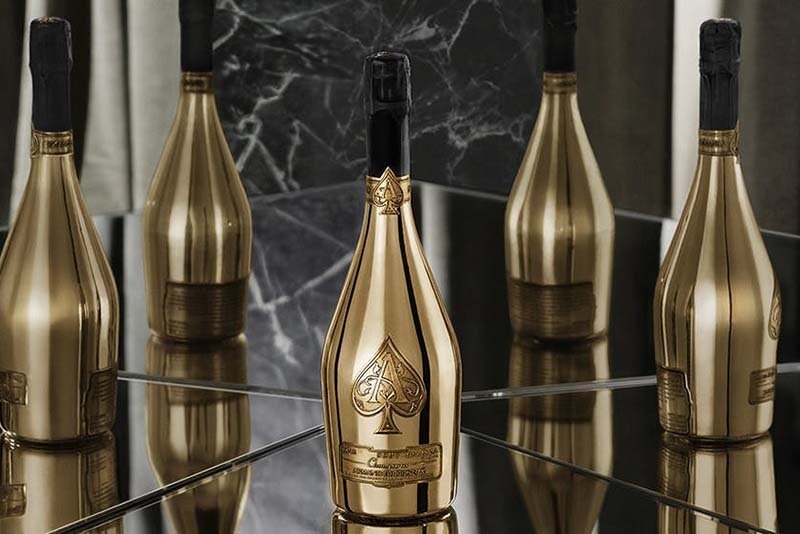
Gold and fine wine have completely different market drivers.
The performance of bottles in the fine wine market is determined by internal factors like:
- The grape harvest
- The vineyards growing conditions
- The wine’s flavor
- The supply and demand gap on the secondary market
- The prestige of the wine producer
- Tthe quality of the fruit
In contrast, the demand and price of gold are mainly driven by external factors like economic stability, inflation levels, and the performance of traditional equities in the secondary market.
That’s why gold slumped in performance in 2021 due to the pandemic (while fine wine remained stable) but saw a rise in demand in early-2022 due to the uncertainty in equities markets caused by the Russo-Ukrainian war.
So, is fine wine a good investment?
Let’s find out.
Is Fine Wine a Good Investment?
Here’s why fine wine is considered a great investment option:
1. Rarity
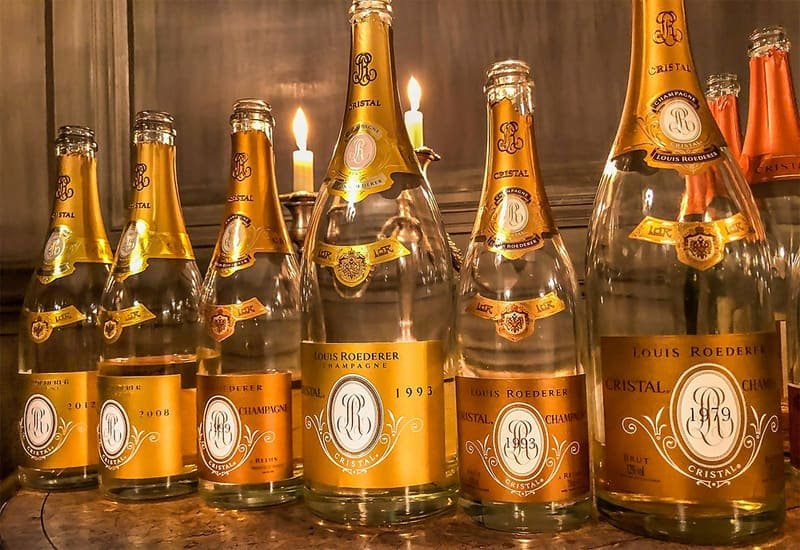
Many fine wine vintages are produced in limited quantities because they’re made only from the vineyards’ best grapes (which usually translate to lower yields.)
As time goes by, the supply in the fine wine market diminishes significantly, making it harder for investors to obtain prestigious wine bottles. Additionally, the demand increases since every wine lover would want to own such rare bottles.
2. Price Appreciation
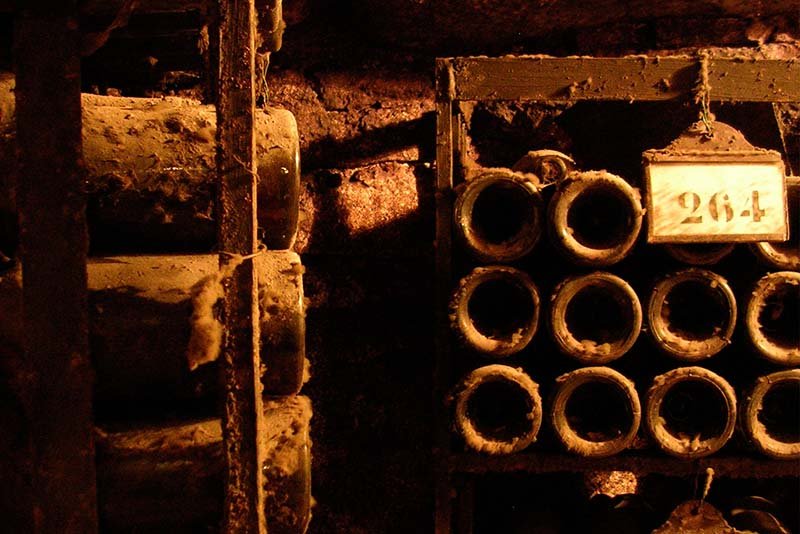
Fine wine has shown consistent value appreciation in the long-term. So, if you’re a wine investor who’s willing to commit to a long-term investment, you can get some pretty solid returns.
These wines can provide decent returns to investors and act as a hedge against inflation.
However, some rare and good wine bottles can significantly appreciate and fetch record-breaking prices.
Here are a couple of examples:
- The average price of a 2015 Domaine Leroy Latricieres-Chambertin Grand Cru was $7,470 in 2020. Today it’s priced at $15,265 - that’s an appreciation of 104% in just two years!
- The average price of one 2018 Domaine Georges & Christophe Roumier Musigny Grand Cru increased from $15,177 in 2020 to $25,752 in 2022. That’s a 70% increase in value.
3. Reputation and Age-worthiness
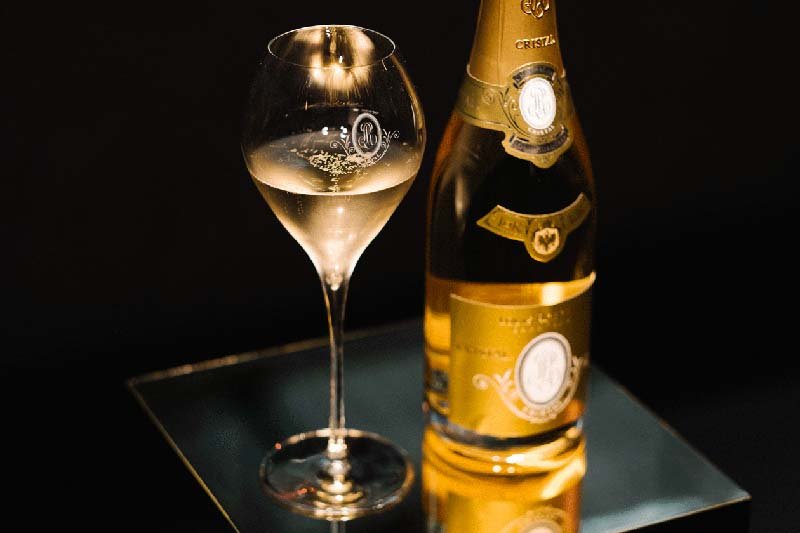
The best wine bottles usually hail from wineries with prestigious reputations.
Many fine wine producer brands specializing in Champagne, Grand Cru Pinot Noir, and Cult wines (like Napa valley Cabernet Sauvignon) often have long waiting lists of buyers looking to snatch a bottle or two of their coveted labels.
The best winemakers also use the highest quality grape varieties, which results in great wine full of flavor.
Additionally, great wine bottles from established winemakers can last decades when stored properly - and they’re bound to appreciate faster than their short-lived counterparts.
Investing in good wine from such renowned wineries will ensure a great return on your investment.
Next, let’s look at what you should know before starting your fine wine investment journey.
Things to Consider Before Investing in Fine Wine
Here are a few things to consider before investing in fine wine:
1. Vintage Conditions Significantly Impact Returns
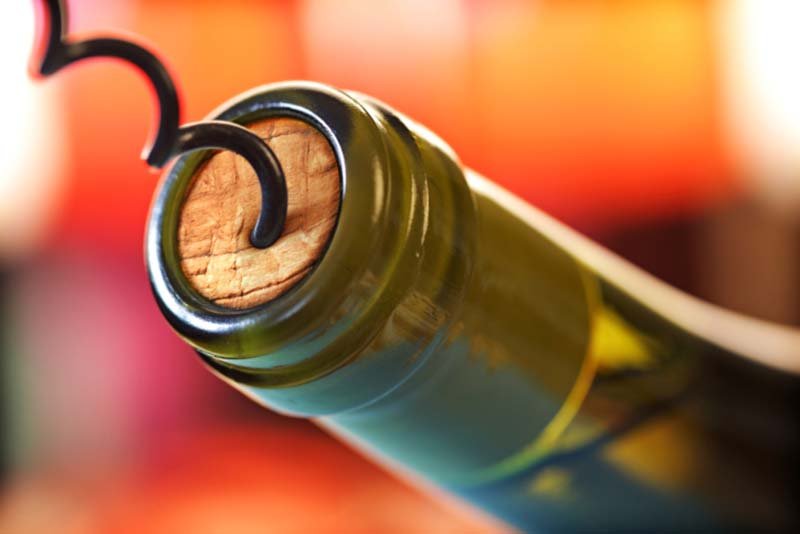
A wine’s quality is heavily dependent on the vintage conditions since they affect the growing season in the vineyards - and ultimately, the qualities and the freshness of the fruit.
And while a specific vintage can be great for one wine region, it might be underwhelming for another. For example, a good year for Champagne may not be the best year for Napa Valley Cabernet Sauvignon (thus affecting the supply, demand, and pricing of these wines.)
So it's essential to research the vintage conditions, the quality of the wine, and the reputation of the winery before investing in a specific vintage. You could also turn to a wine specialist to help you make the right decision on your wine investment.
2. The Best Wines Outperform Indices
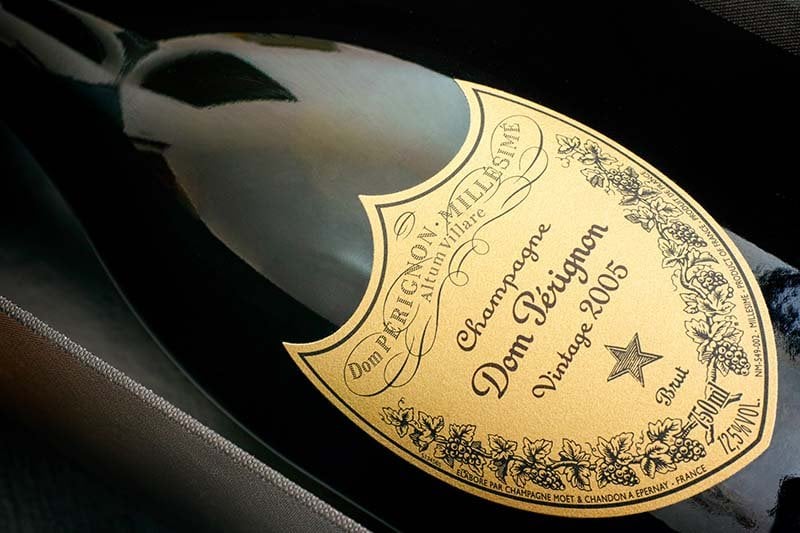
Wine indices like the Liv ex fine wine 1000 track the performance of a wide variety of wines and provide information on their average return.
However, any wine investor that picks a bottle of good wine from a famous producer can beat returns from wine indices and even returns of top-performing equities.
3. Fine Wines are Not Fungible
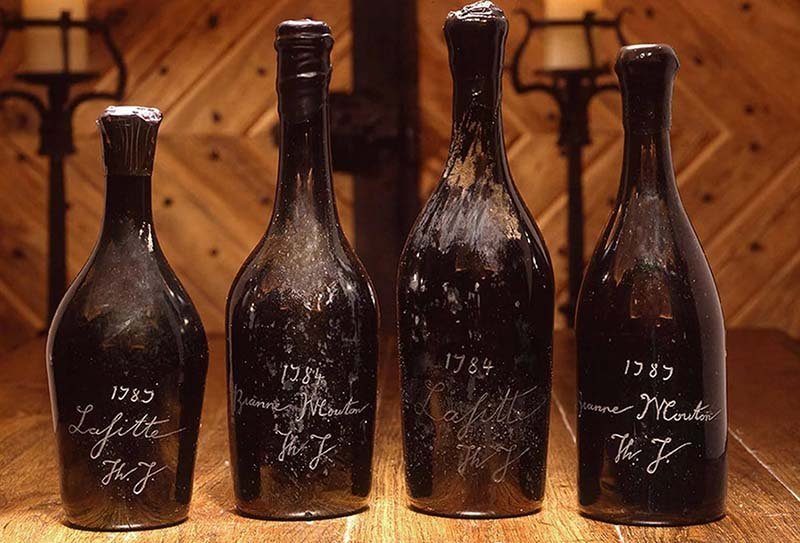
Assets like company stocks are entirely fungible, meaning they are identical to each other and interchangeable.
Assets like gold are fungible too, depending on their purity.
However, any wine lover knows that each bottle of fine wine is unique. The bottle, vintage year, the freshness of the fruit, storage conditions, and even the appearance of the bottle are all factors that contribute to distinguishing one bottle from another.
So, no two bottles will carry the same value - and it’s vital to conduct thorough research or even enlist the help of a wine expert before making a wine purchase.
Now, let’s look at how you can start investing in fine wine.
How to Start Investing in Fine Wine
Here are three ways you can jumpstart your journey into fine wine investment:
1. Vinovest
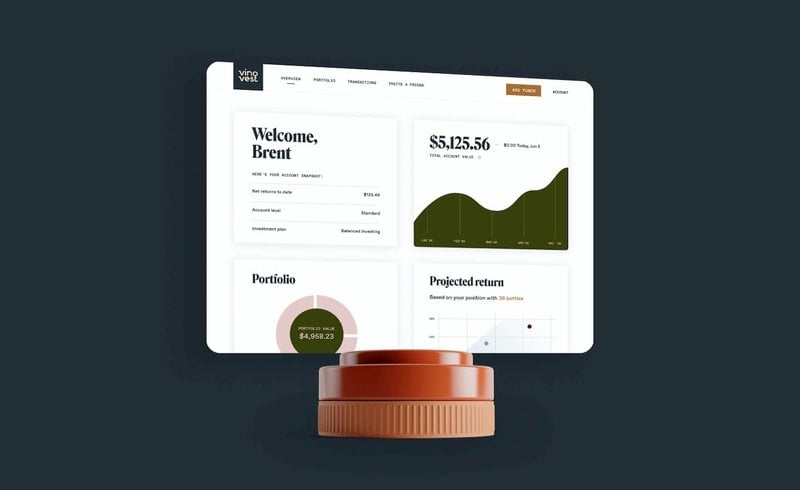
Vinovest is a wine investment platform that lets you buy, sell and store fine wines with just a few clicks!
You don’t have to be a wine expert to use Vinovest!
You can sign up on the website and start building a fine wine portfolio of red wine like Cabernet Franc to Rosé, white wine like Sauvignon Blanc, or even buy wine futures.
Vinovest takes care of the storage of your bottles for a nominal fee. And if you feel like treating your taste buds to the wine you just bought through the platform, Vinovest will deliver it right to your doorstep.
And when you decide to sell bottles from your portfolio, you don’t have to bother looking in the secondary market. Vinovest’s wine specialist team will find the best buyer so that you can offload your stock at a profit.
2. Wine Stocks
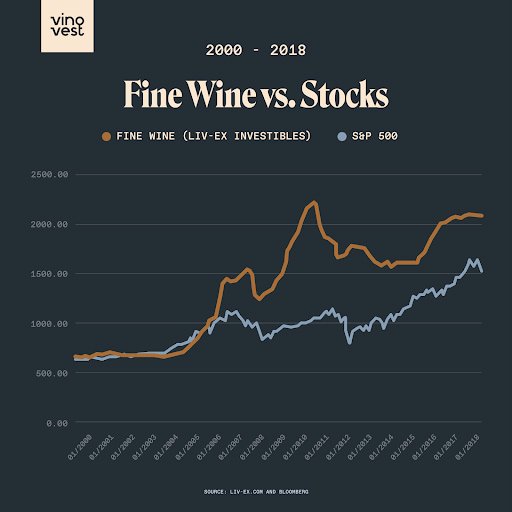
If you want to invest in wine but you don’t want to buy physical bottles, you can also consider investing in wine stocks and futures.
Any wine enthusiast can invest in publicly traded wine companies like Pernod Ricard and wine ETFs.
You can make a profit from their returns or decide to invest in a winery looking for private investments.
However, investing in shares that aren’t publicly traded will require a significant initial investment.
3. Buy Bottles Yourself
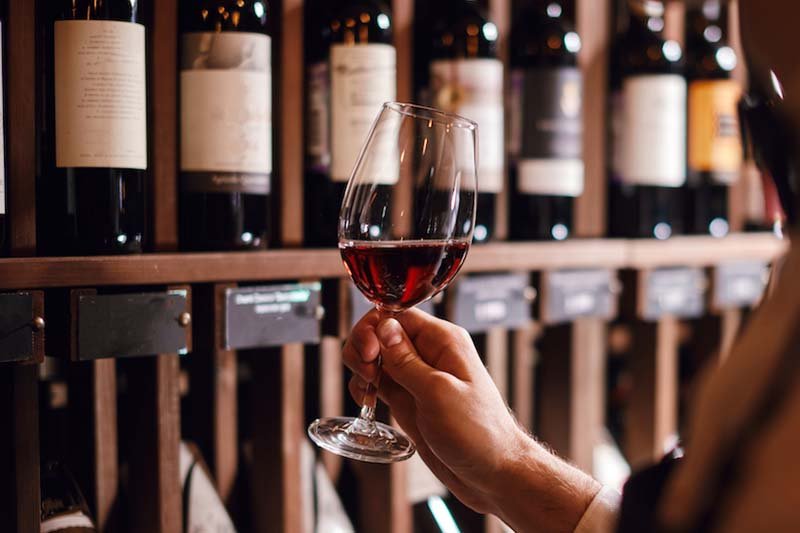
You can also research individual fine wine bottles and buy them from retailers or directly at the winery level.
You can read wine reviews on the Vinovest blog to identify which bottles perform best. You can also check out reviews by Robert Parker of the Wine Advocate and magazines like Wine Spectator.
However, you’ll have to reach out to high-end retailers to purchase investment grade wine bottles. If you decide to buy rare bottles and cult wines directly from the wine producer, you might have to join a waiting list to get your hands on them.
If you decide to buy physical bottles, you’ll also have to invest in a cellar or pay for a professional wine storage service.
Fine Wine: A Great Pairing With Gold for Your Portfolio
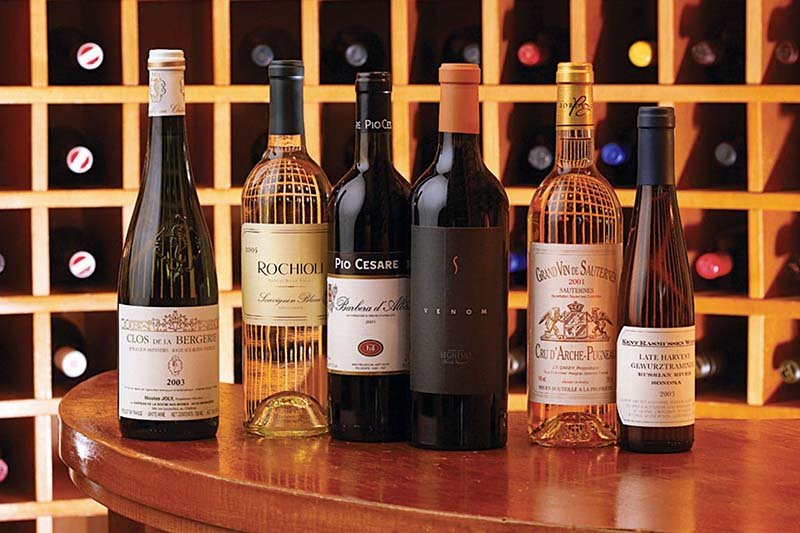
In this article, we’ve highlighted the key differences between gold and fine wine - but that doesn’t mean you have to pick between the two!
Since fine wine and gold have completely different returns and volatility, adding these asset classes to your portfolio can help diversify your investments and minimize risk.
While gold can give you high returns in specific periods, fine wine can ensure stability and consistent returns.
If you’re a fine wine enthusiast who wants to start a successful wine portfolio, Vinovest is here to help! The company will take care of all the hard work, while you sit back, relax, and enjoy the returns from the comfort of your own home.



